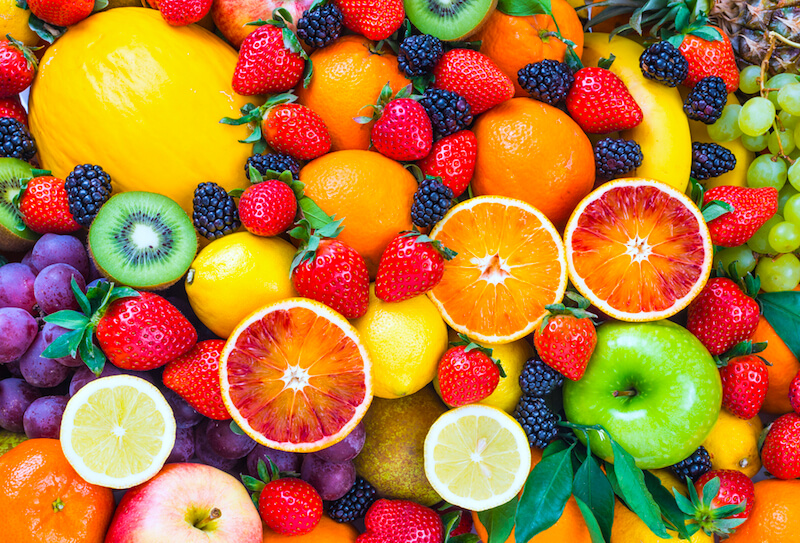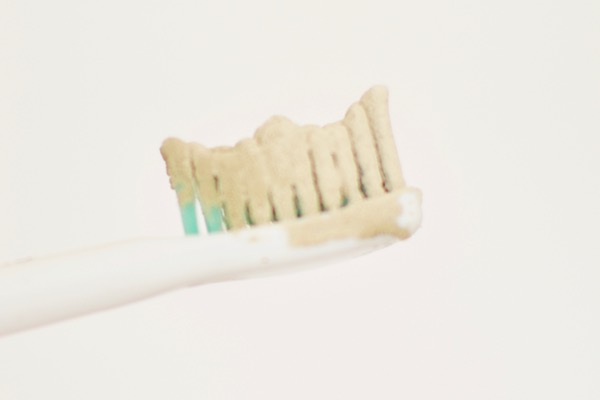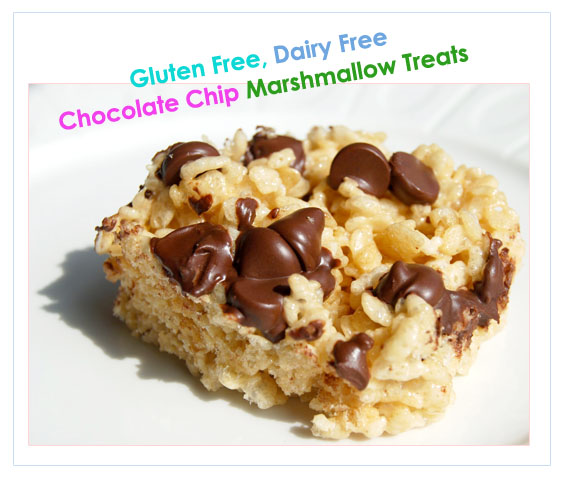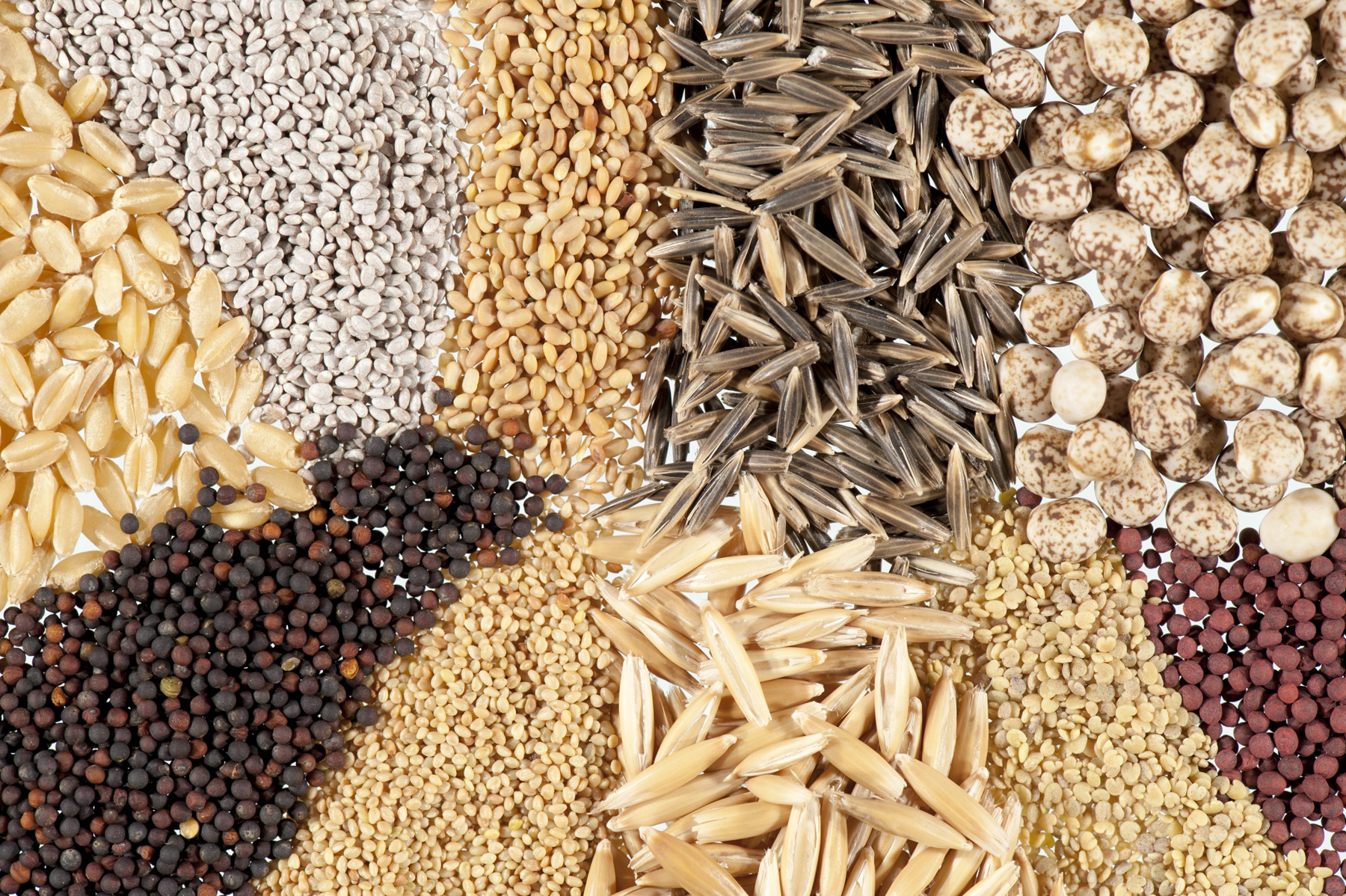Here’s what you need to know about fruit and T2D…
Fruit is one of the most important parts of a healthy diet. Veggies give you a lot of fiber, but nothing can deliver the antioxidant punch you get from a portion of fruits–cherries, blueberries, oranges, lemons, and the list goes on. To be healthy, you MUST eat at least a serving or two of fruit per day. That means one or two pieces of fruit, or a cup of sliced fruit. Not too much to ask, right?
However, things get a bit tricky if you are a diabetic or at risk of diabetes. Fruit contains a lot of sugar, and sugar is what’s responsible for your diabetes in the first place. Fruit could actually be the WORST thing for you to eat if you have diabetes.
But can fruit help you manage diabetes? The answer is: yes and no…
Let’s start with the “no”. If you eat a lot of fruit, you are going to absorb a lot of sugar into your bloodstream. Your body has trouble controlling blood sugar levels, thanks to your insulin resistance. Too much sugar, and you could experience some pretty negative consequences.
The solution is simple: eat fruit in moderation. Small portions of fruits (one serving) can be a good way to end your meal with something sweet, and you’ll find that it can help to provide the antioxidants your body needs the natural way.

READ MORE: Fruit for Weight Loss: How it Works
On to the “yes”. Fruits contain A LOT of fiber, which actually helps to prevent your body from absorbing the sugar from the food you eat. Fiber soaks up the sugar, along with toxins, cholesterols, and fats. When the sugar bonds with the fiber, they expand and become too large for your body to absorb. This means that they continue on down the digestive tract and out the waste disposal exit.
High-fiber foods are an important part of any diet, but they become even more important if you suffer from diabetes. Fiber can help to prevent excessive sugar absorption, and they can reduce the glycemic index of a food.
This means that the best fruits are the ones that contain A LOT of fiber. Pineapples, apples, and pears count among the high-fiber fruits, but there are many more: bananas, cherries, grapefruits, oranges, plums, strawberries, etc.
One major warning: DO NOT eat processed fruit in any form! Jam, juice, preserves, desserts, and smoothies can all have a very high sugar content, and many of these processed fruits have had the fiber removed. You get all the sugar but none of the fiber, meaning the food is very unsafe for your blood sugar levels.
The only type of fruit you should be eating is raw fruit in its natural state. When shopping, always buy fresh fruits. Stay away from the juice aisle, and try to avoid purchasing frozen fruit as much as possible. If you want to use frozen fruit for natural fruit smoothies, buy fresh fruit and freeze it yourself.
Fruit CAN help you manage your diabetes if you are careful with it. You’ll get plenty of healthy fiber from the fruits you eat, and the small dosage of sugar from the fruit will help to prevent your blood sugar levels from getting too low. But overdo it on the fruits, and you could be in serious trouble. As with anything and everything else in life, it’s all about finding the right balance between too much and too little!
Be smart with your fruit intake, and you’ll see all the benefits with none of the drawbacks.








